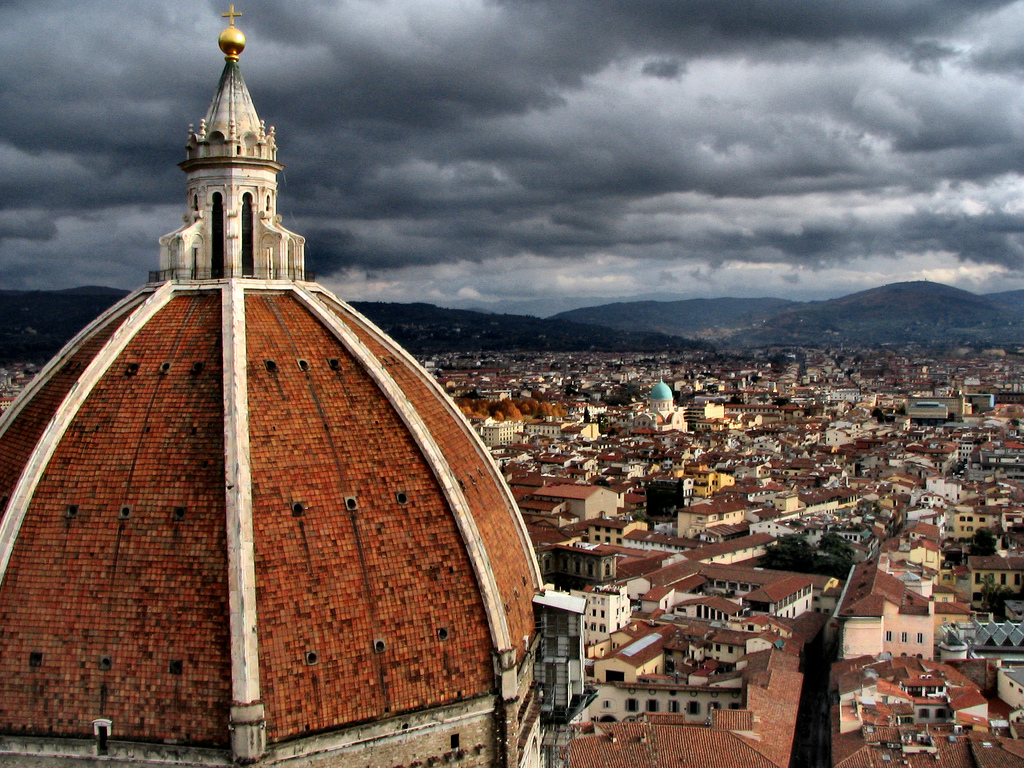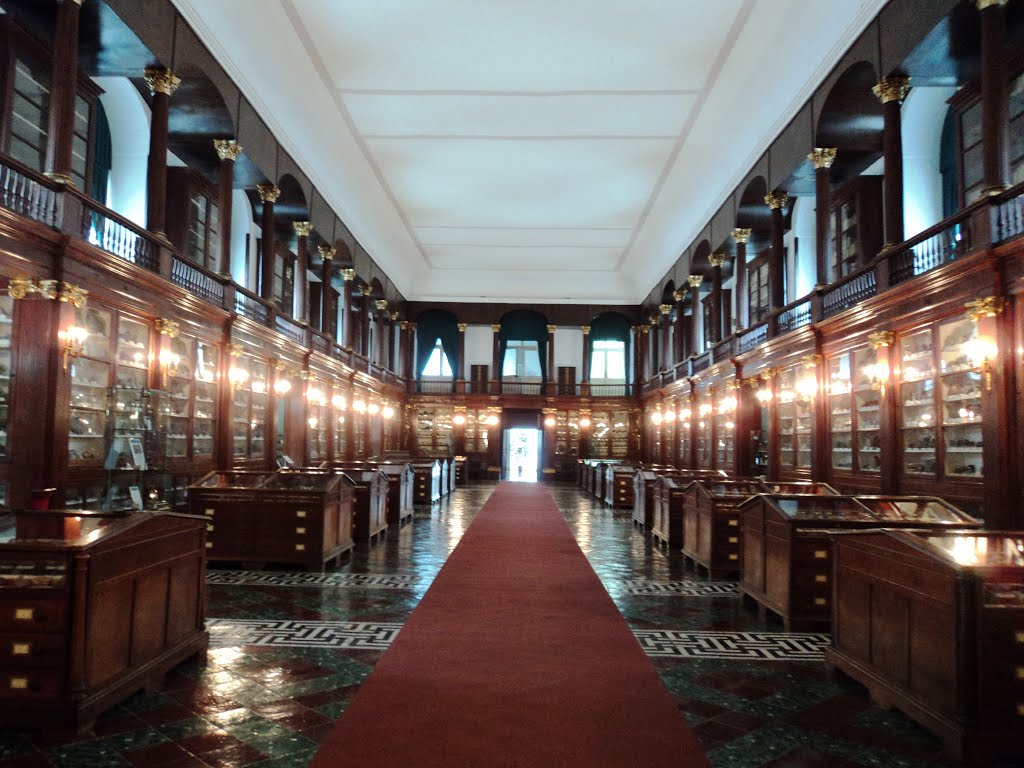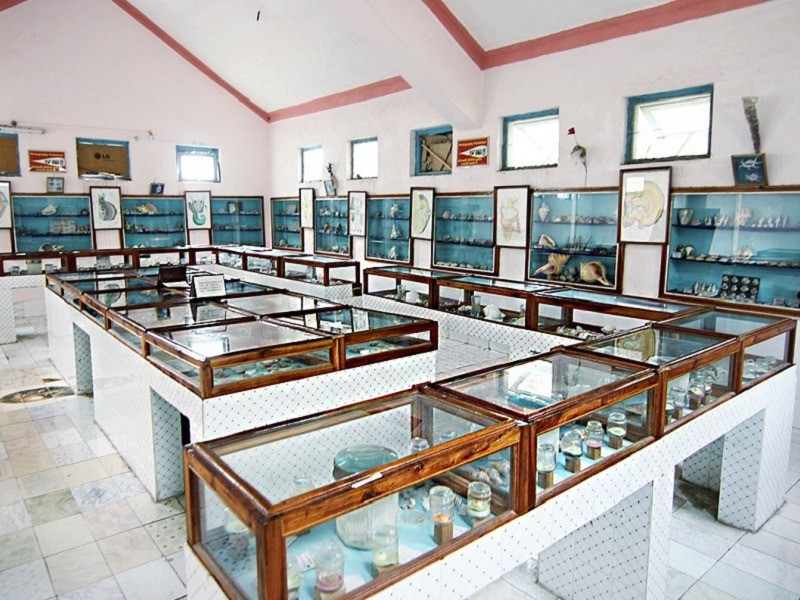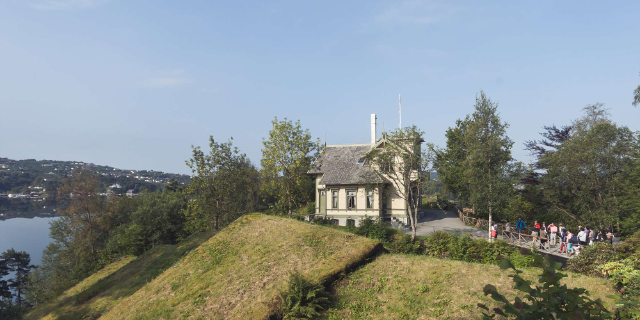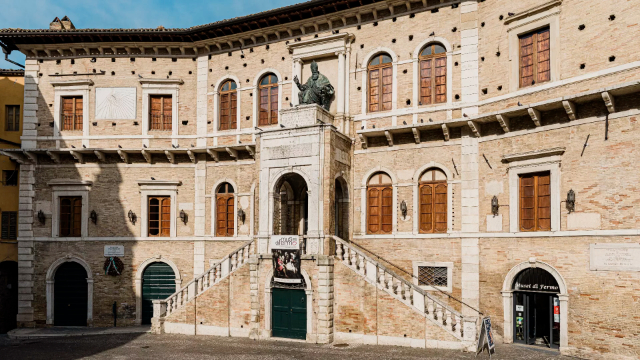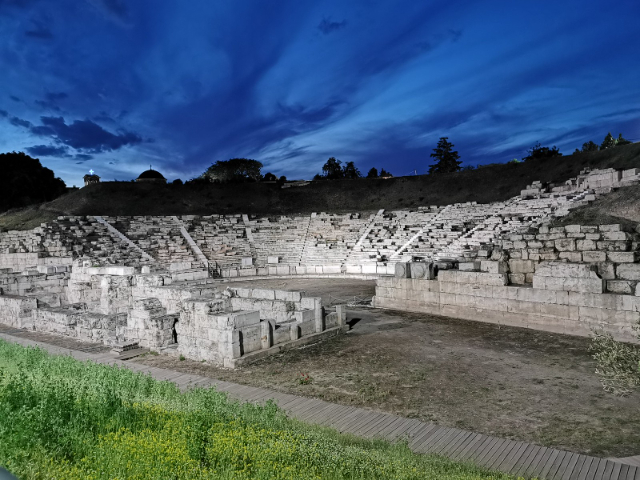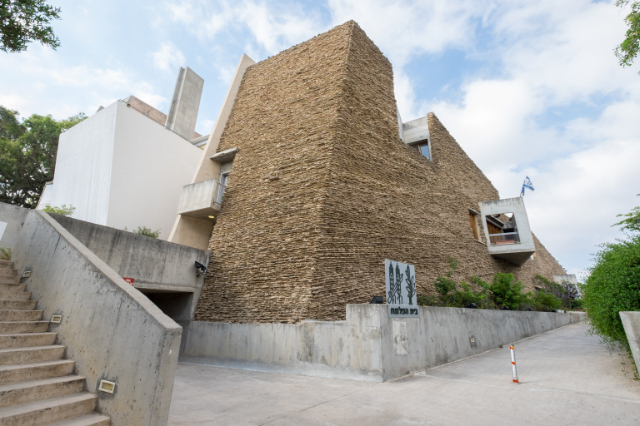Consisting of two ogival-shaped caps connected to each other, the octagonal dome was turned from 1418 to 1434 according to the design by Filippo Brunelleschi, presented at a competition in 1418 and accepted after many contrasts in 1420.
A masterpiece capable of resisting lightning, earthquakes, the passage of centuries, which today enchants anyone who looks at it from a distance, the Dome has a diameter of 45.5 meters.
In 1418 the Opera di Santa Maria del Fiore announced the competition that Brunelleschi won, but only two years later the work began and lasted until 1434.
On March 25, 1436 the Florentine Cathedral was consecrated by Pope Eugene IV.
Brunelleschi’s admirable innovation was to turn the dome without armour, thanks to the use of a double vault with a cavity, of which the interior (over two metres thick) made with herringbone ashlars, had a structural function as it was self-supporting and the exterior only as a roof. Above the dome stands the lantern with a cone shaped roof, designed by Brunelleschi, which was made after the artist’s death (1446) and the gilded copper ball with the cross, containing sacred relics, a work by Andrea del Verrocchio, which was placed there in 1466.
The fresco decoration of Brunelleschi’s Dome was created between 1572 and 1579 by Giorgio Vasari and Federico Zuccari, and presents the same iconographic theme as the Baptistery: the Last Judgement. The frescoes in the dome were the subject of a global restoration between 1978 and 1994.
